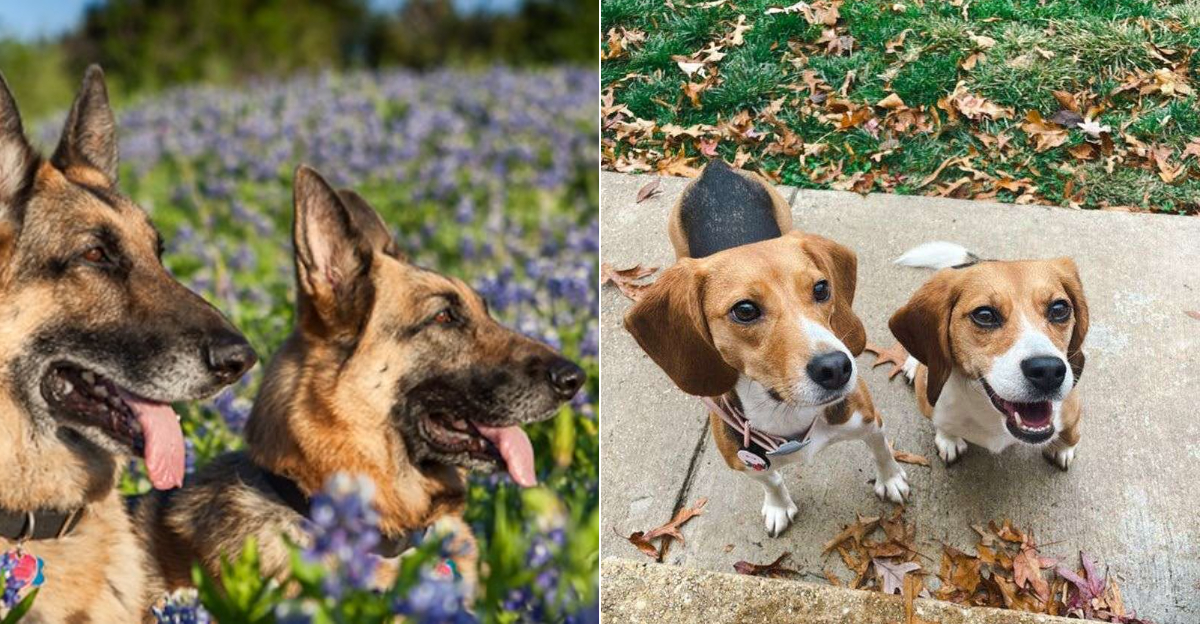Texas animal shelters are bursting with lovable dogs looking for forever homes.
Many of these pups come from specific breeds that end up in shelters due to a mix of popularity, lifestyle changes, and sometimes misconceptions about their needs.
Understanding what makes these breeds both desirable pets and shelter residents can help potential adopters make better matches and reduce the cycle of abandonment.
1. Labrador Retriever
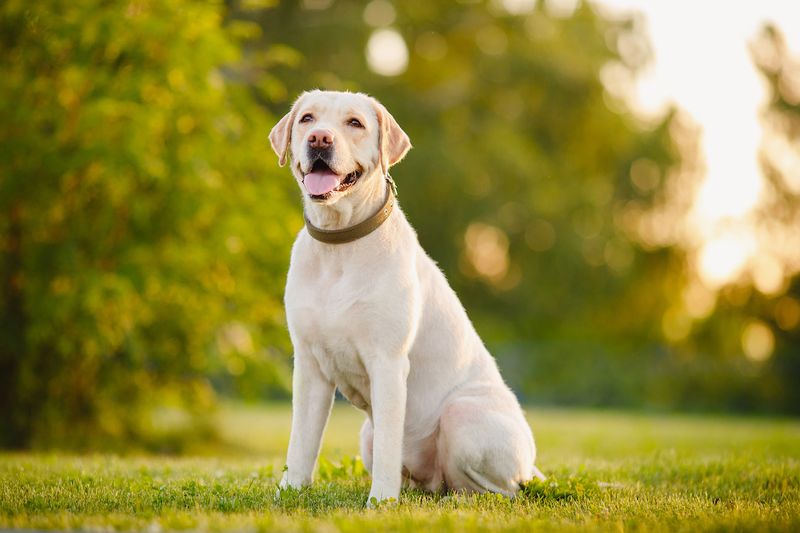
Friendly faces and wagging tails define these golden-hearted dogs that consistently top America’s most popular breed lists. Labs combine intelligence with an eager-to-please attitude that makes training relatively straightforward for most families.
Their boundless energy requires daily exercise which is something many owners underestimate when bringing home that adorable yellow, black, or chocolate puppy. Without proper outlets, Labs can become destructive, chewing furniture or digging backyard craters.
Despite their family-friendly reputation, these water-loving retrievers often land in Texas shelters when owners realize their high exercise requirements don’t match busy lifestyles or small living spaces.
2. German Shepherd
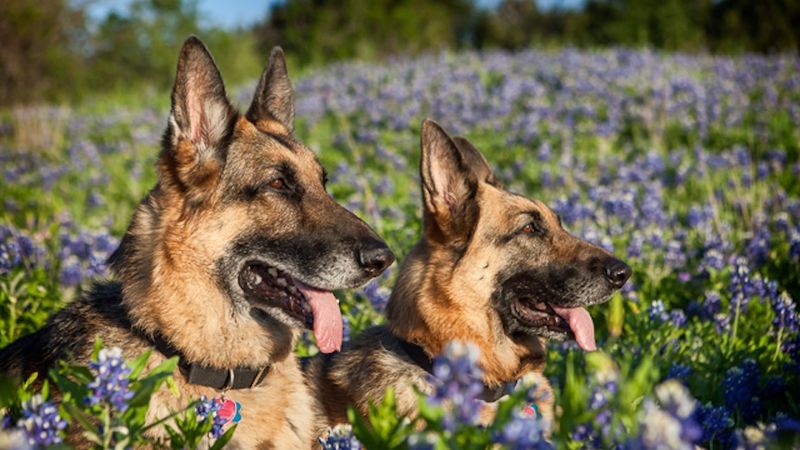
Razor-sharp intelligence paired with unwavering loyalty makes German Shepherds exceptional companions and working dogs. Their protective instincts and trainability have made them favorites for police work, service roles, and family protection.
Without consistent training, mental stimulation, and physical exercise, they develop anxiety and behavioral issues that overwhelm unprepared owners.
Many Texas shelters see these majestic dogs surrendered during their challenging adolescent phase (8-18 months) when their size, strength, and smarts combine with teenage rebellion. Proper socialization prevents the fearfulness that sometimes leads to aggression in this misunderstood breed.
3. Golden Retriever

With their golden coats and infectious smiles, these joyful dogs quickly befriend anyone they meet. Their gentle mouths, bred for retrieving without harm, make them great with children and smaller pets.
Behind their sunny disposition lurks a breed plagued by health issues. Cancer rates soar among Goldens, breaking hearts and emptying wallets of unprepared owners. Shedding presents another reality check, as these fluffy companions leave golden tumbleweeds rolling through homes year-round.
Texas shelters often receive these beauties when medical bills mount or when families discover that their perfect temperament comes wrapped in a high-maintenance, fur-shedding package.
4. French Bulldog
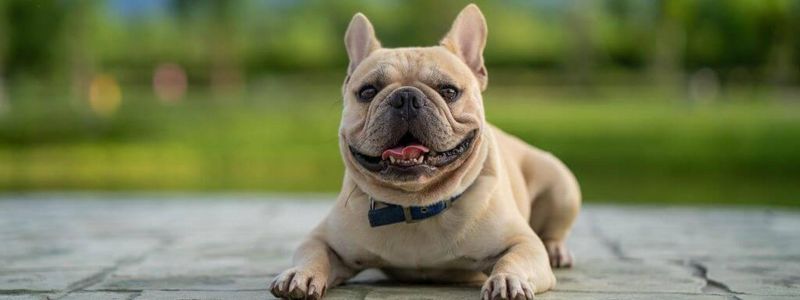
Bat ears and squishy faces give these compact charmers their distinctive look that’s captured hearts across social media. Their apartment-friendly size and relatively low exercise needs make them seemingly perfect urban companions for busy Texans.
Reality hits when summer temperatures soar. Those adorable flat faces create breathing difficulties that can become life-threatening in Texas heat, requiring constant air conditioning and limited outdoor time.
Medical bills stack up quickly with this breed prone to respiratory issues, spinal problems, and skin infections. Many Frenchies end up surrendered when owners can’t afford their specialized care or realize these fashionable pups require more maintenance than their Instagram-worthy appearance suggests.
5. Bulldog
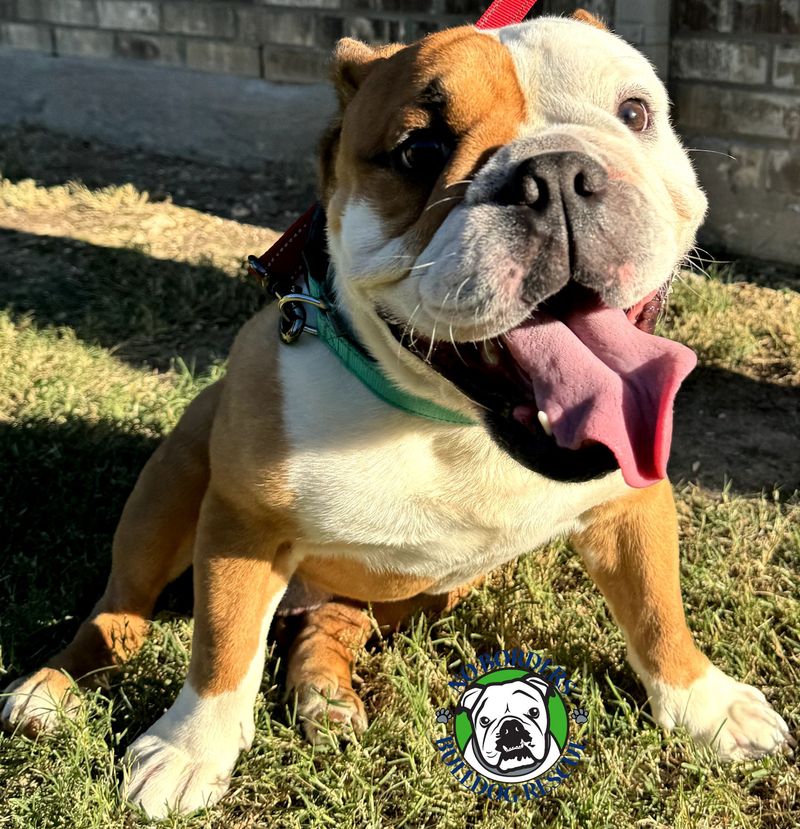
Bulldogs waddle their way into hearts with their distinctively grumpy expressions that mask sweet, laid-back personalities. Their couch-potato tendencies make them perfect companions for less active households.
Those adorable wrinkles require daily cleaning to prevent painful skin infections. Like their French cousins, traditional Bulldogs struggle mightily in Texas heat due to their compressed airways and inefficient cooling systems.
This breed faces costly health issues, including respiratory problems, joint issues, and allergies. Texas shelters often receive these lovable dogs when owners find that the specialized care they need is beyond their budget or when their heat intolerance makes the state’s hot summers difficult to handle.
6. Boxer
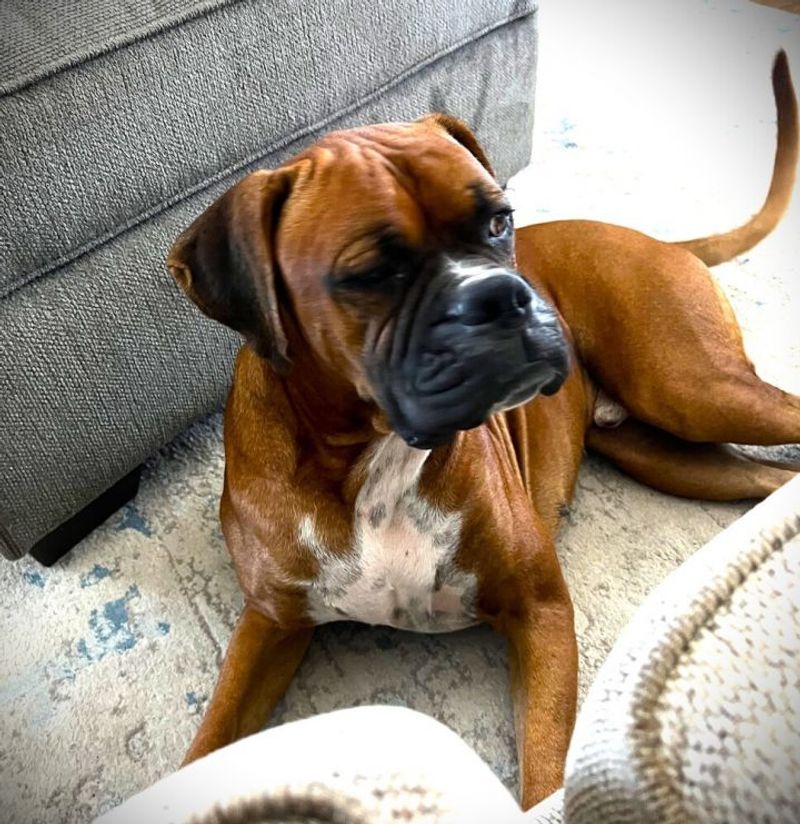
These muscular pups combine playfulness with a protective streak that makes them outstanding family guardians. Their expressive faces (complete with worried wrinkles and soulful eyes) communicate emotions that forge deep human connections.
Boxers require significant exercise to channel their abundant energy constructively. Without proper outlets, their powerful bodies and playful nature can become overwhelming, especially in homes with small children or elderly family members.
Cancer rates run tragically high in this breed, often cutting their lives short around 8-10 years. Texas shelters frequently receive these devoted dogs when families can’t handle their exuberance or face heartbreaking health diagnoses they’re unprepared to manage financially or emotionally.
7. Beagle

Melodious howls and irresistible puppy-dog eyes make these compact scent hounds nearly impossible to resist. Their moderate size fits many living situations, while their friendly, food-motivated nature typically makes training straightforward (if treat-heavy).
Following their noses leads Beagles into trouble regularly. These determined hunters will track interesting scents right under fences or through tiny gaps, earning them a reputation as escape artists extraordinaire.
Vocal tendencies surprise many owners when their adorable puppy develops a full-throated bay that neighbors can hear blocks away.
8. Yorkshire Terrier
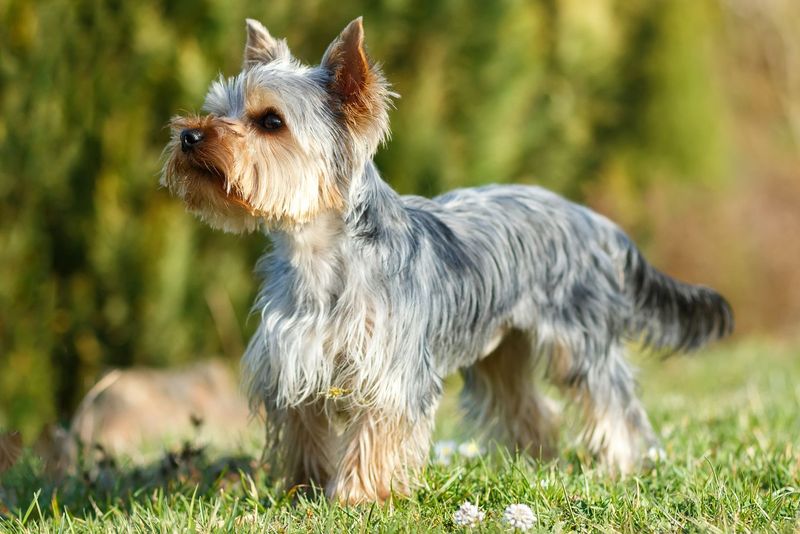
Yorkies pack outsized personality into seven-pound frames, bringing feisty confidence and lap-warming affection to their chosen humans.
Their gorgeous coats demand professional grooming every 4-6 weeks, plus daily brushing to prevent painful mats. Skip maintenance, and these glamorous pups quickly develop uncomfortable tangles that require complete shaving.
Beneath their flowing coats, delicate bodies make these dogs vulnerable to injury in homes with active children or larger pets. Texas shelters often see these little divas when families realize their small size comes with high grooming costs or when their feisty personalities prove more challenging than expected.
9. Australian Shepherd
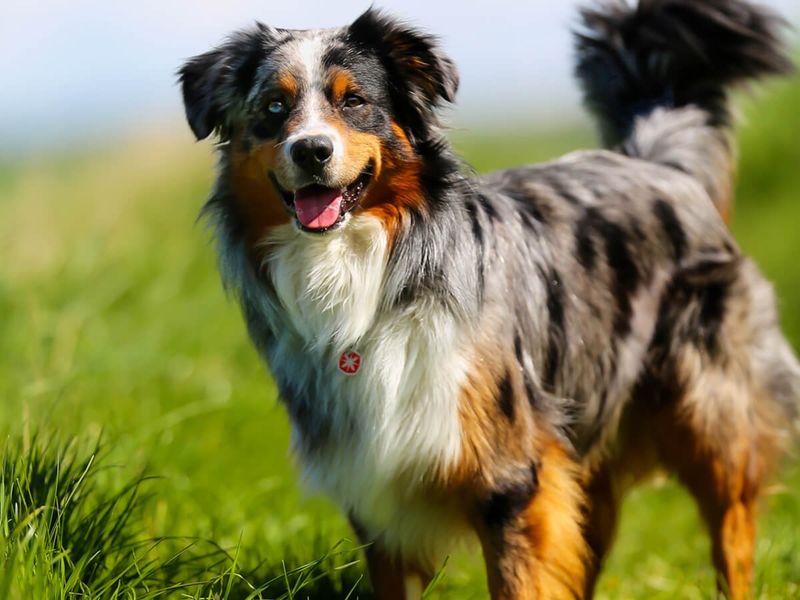
Mesmerizing eyes—often blue, brown, or mismatched—capture attention immediately, while their stunning merle coats make these herding dogs walking works of art. Athletic prowess combines with problem-solving intelligence that borders on scary-smart.
Aussies evolved as working partners who need mental challenges and physical jobs daily. Without appropriate outlets, they’ll create their own entertainment, usually by reorganizing your home, one chewed item at a time.
Texas ranches and rural areas frequently surrender these beautiful workers to shelters when families discover that their intelligence requires more engagement than weekend walks provide.
10. Rottweiler
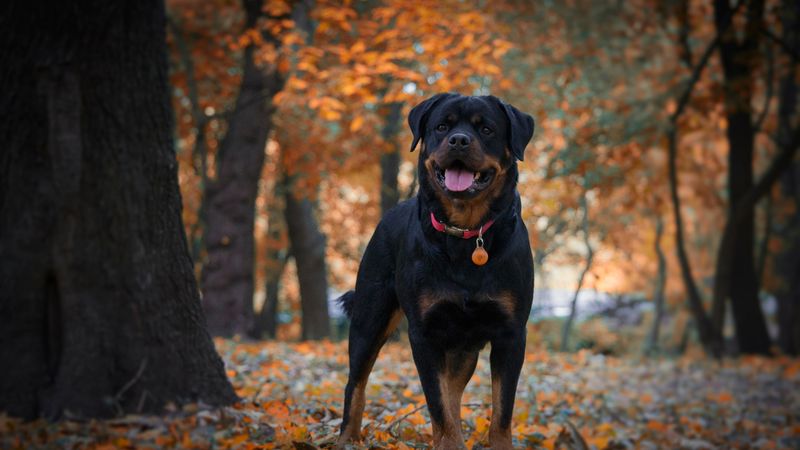
Rottweilers’ natural protectiveness makes them excellent guardians who form deep bonds with their chosen families.
Size and strength require early, consistent training to channel appropriately. Without proper socialization, their protective instincts can manifest as fear-based aggression that reinforces negative stereotypes.
Breed-specific legislation and housing restrictions create additional challenges for Rottie owners in Texas. Many shelters see these loyal defenders surrendered when families move to areas with breed bans or face insurance penalties.
11. Chihuahua

Sassy attitude packed into the smallest possible package makes these pint-sized pups memorable characters. Their minimal space requirements and long lifespans (often 15+ years) create practical advantages for apartment dwellers and seniors.
Fragility comes with that tiny frame. Jumping from furniture, rough handling, or even stepping on these little dogs can result in serious injuries requiring expensive veterinary care.
Contrary to popular belief, Chihuahuas need real training despite their size. Texas shelters overflow with these little Texans when owners treat them as accessories rather than dogs with behavioral needs.
Their tendency toward one-person loyalty often creates challenges in multi-person households where they may show preference for a single family member while remaining suspicious of others.
12. Dachshund
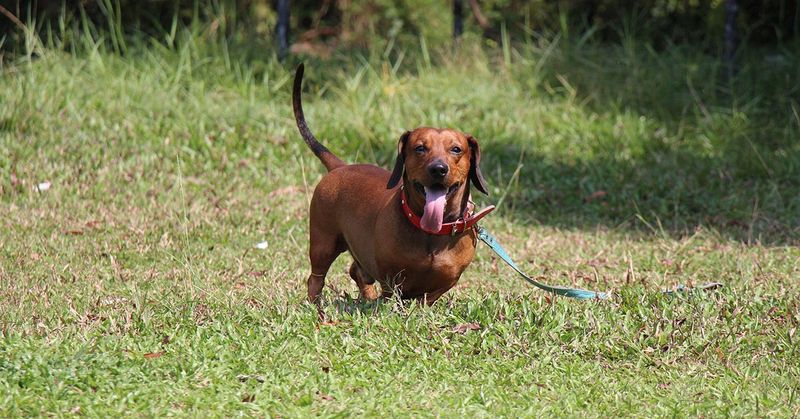
With their long bodies and short legs, these German badger hunters have a unique, comical look that’s earned them the playful nickname “wiener dogs.” Despite their small size, they’re full of determination and courage, originally bred to chase burrowing prey underground with unmatched persistence.
Those adorable long backs create serious vulnerability to intervertebral disc disease. One wrong jump from furniture can trigger painful herniated discs requiring expensive surgery or even causing paralysis.
Stubborn streaks run deep in this hunting breed, making training an exercise in patience and creativity. They end up in shelters when owners can’t afford back surgery or become frustrated with their independent, sometimes challenging personalities that require consistent training approaches rather than coddling.
13. Miniature Schnauzer
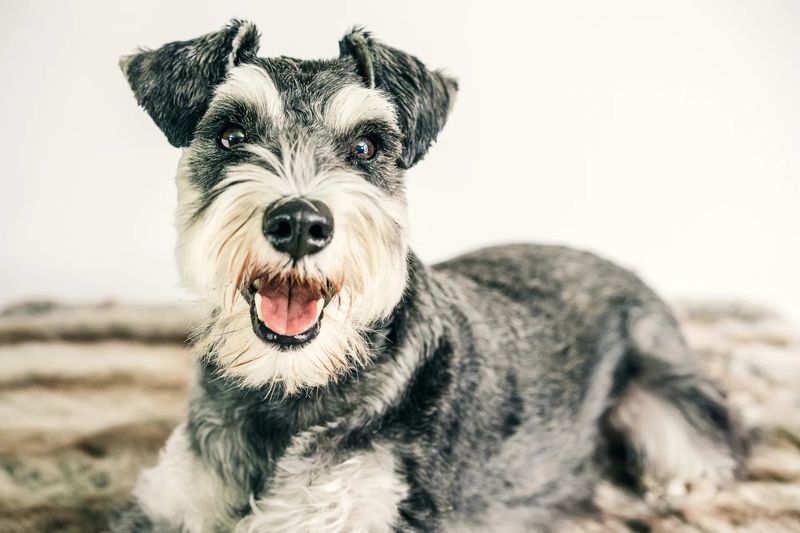
With their signature beards and eyebrows, these terriers boast a distinctive look that stays neat with regular grooming. Their moderate exercise needs and adaptable size make them great companions for all kinds of living spaces, from cozy apartments to bustling family homes.
Barking serves as their primary communication method. These natural watchdogs announce every delivery person, squirrel, or passing leaf with enthusiastic vocal alerts that neighbors quickly come to recognize.
Regular professional grooming maintains their distinctive look but adds significant cost to ownership. These companions are often found in shelters when their watchdog barking becomes too much for close living arrangements, or when owners grow weary of the grooming needed to keep them looking their best.
